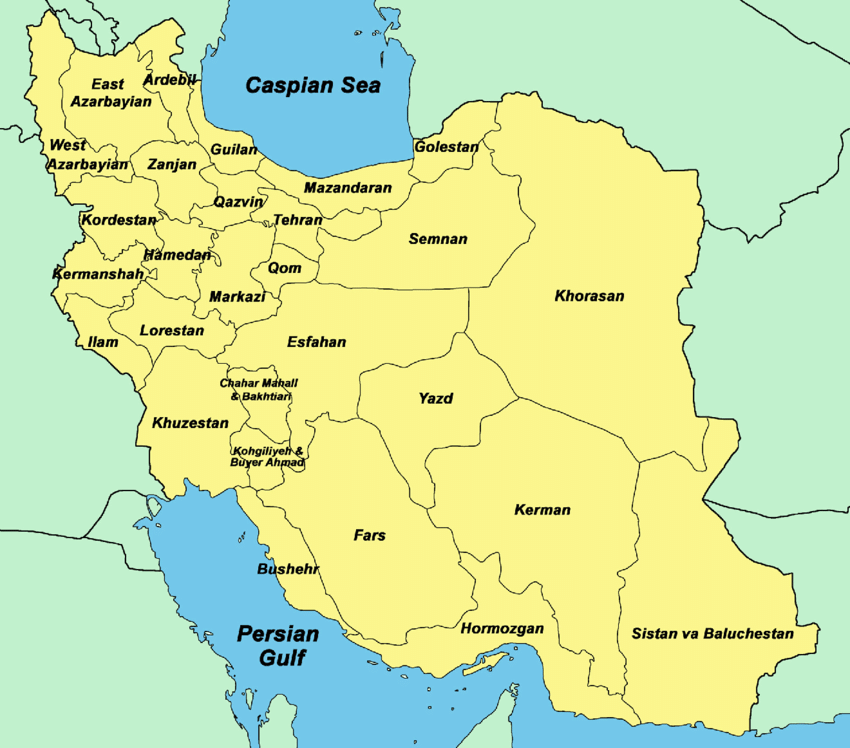Before, Iran, before Persia, there was the kingdom of Elam, dating back over 4000 years. It was already known that Elam existed at the same time as Babylonia, but their written language wasn’t known, nor how old it was. It turns out the Elam language and Babylonian language were not just spoken at the same time, but both were written languages that appeared simultaneously.
This isn’t just a breakthough in archaeology, it’s a historical breakthrough. The deciphered script mentions a goddess named Napirisha. The Elamites worshipped a female god, not a male one.
French archaeologist François Desset has just deciphered 4,400-year-old Iranian writing
François Desset is an archaeologist. He has just decoded linear elamite. A phonetic writing, cuneiform type, found on multiple clay tablets, precisely in the ruins of the ancient city of Susa, in Iran. The country was formerly called Persia and even earlier, 4,500 years ago, kingdom of Elam, hence the name of the writing in question, linear Elamite.
This is no small discovery: it was more than a century, in other words since the discovery in 1901 of the first tablets, that this writing system was known. But no one, despite all the attempts in 119 years, has ever found the key. No one, until François Desset, 38, associate researcher at CNRS Archaeorient from Lyon and specialist in the Bronze Age and the Neolithic in Iran.
The archaeologist did not just dream ahead Indiana Jones. Ten years of studies, a thesis, a move to Iran, more than fourteen years of work, and finally a click, in 2017, while studying a series of texts found on a silver funeral vase. He identifies repetitions, sequences of perfectly identical signs and understands that it is a proper name. So he finds the names of two rulers, then that of the local goddess, Napirisha, and from there, decodes the rest, syllable after syllable, finding a prayer.
The Tehran Times has also covered the story, though that newspaper’s article claims written Elam predates written Babylonian. Other articles I’ve seen covering this story say no such thing.
The Kingdom of Elam was located where are today’s Iranian provinces of Ilam and Khuzestan, in southwest Iran. That is less than 300km from the ancient city of Ur, capital of Sumeria, in modern Iraq. (oops 9_9)


Minor quibble, I believe the cuneiform writing system used by the upstart Babylonians was taken from the Sumerians but the evolution of writing at the same time is fascinating.
I wonder if there is enough written material to give us a clearer picture of Mesopotamia from a new point of view?
My bet would be that the Elamites adopted the Sumerian, Akkadian, etc., etc. system since cuneiform originally seems to have been based an a good supply of mud and reeds from the Tigris and Euphrates. I may be misplacing the Elamites too far to the East, though and they may have had a better supply of mud than I thought.
The English article linked here links in turn to a much better french article which clears up the timeline. My french is very poor but it seems to say that Proto-Elamite was contemporaneous with Sumerian, rather than the more developed script that has now been deciphered here and was contemporaneous with Babylon. The timeline is at least close enough that the journalist can fudge the numbers to make a better headline.
Ah, that makes more sense. It was clear that Babylon was too recent but my Mesopotamian timelines are a bit shaky at best.
they may have had a better supply of mud than I thought.
How can I say “the dog ate my homework” when it’s mud?
@2 Marcus
I got caught in the rain/ tripped over dog and fell in canal?
The capital of Babylonia was Babylon. Ur (to the southeast of Babylon) had been the capital of an earlier, Sumerian dynasty.
Sorry, my ignorance.
@ Intransitive
Re Mesopotamia, Cuneiform and other assorted things there is a somewhat mad British Museum Collector of Cuneiform who has given some great talks on the subject. You might like The Ark Before Noah, or Cracking Ancient Codes.
I love Irving Finkel. He and Mary Beard are national treasures.